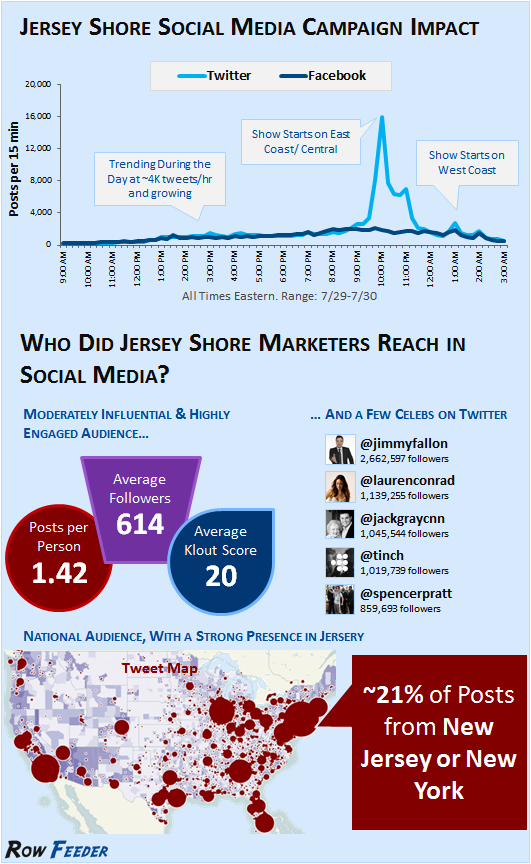You might have already seen this, but Newsweek recently posted an interesting by the numbers look at “How the Digital Revolution Changed Our World.” In comparing statistics from 2000 to those of 2010, Nayeli E. Rodriguez shows us how much more digital we have become.
This helps answer the question, “Why should journalists try to learn more web-applicable skills?”
For many journalists, that answer seems to have a variety of answers:
- That’s the way the industry is heading
- That’s what the employers are looking for on job posts
- They want to be versatile so they don’t get laid off
- This stuff is interesting to learn
- Google only helps them stalk potential dates so well; they need to learn new ways of digging up dirt
- Their kids are a step ahead of them in figuring out how to lift the parental controls
What this Newsweek piece puts into perspective: “It’s the way a lot of the world is going, dude.”
What I’m not sure of is whether the 2010 number is cumulative or indicative of 2010 values only. The number of “Law and Order” episodes threw me off. Certainly there weren’t 905 episodes of that in 2010, right? Poor Sam Waterston would get all worn out. No, that must be a cumulative of all the “Law and Order” shows. And thus, I wonder if the statistics on e-mails, text messages and Google searches are cumulative or 2010 only.
But I digress.
Overall, this information reinforces my desire to learn more and stay on top of these trends. But what all do we need to learn? “Internet trends” and “computer savvy skills” are ambiguous phrases, so what specific programs, languages, theories and other shenanigans do we need to learn? One of my next blog posts will show examples of job postings that ask for someone with a wide variety of skills.

